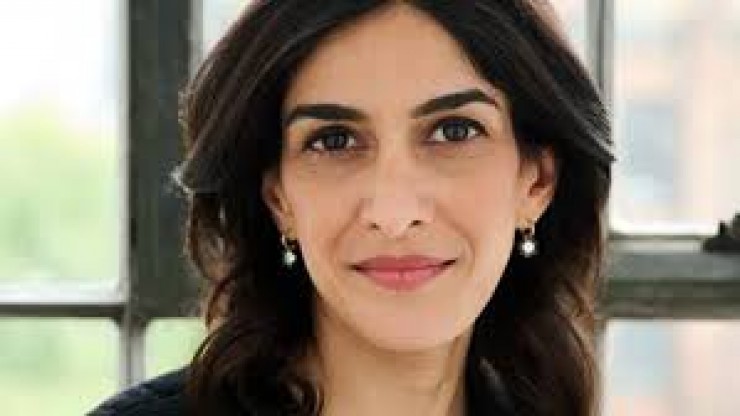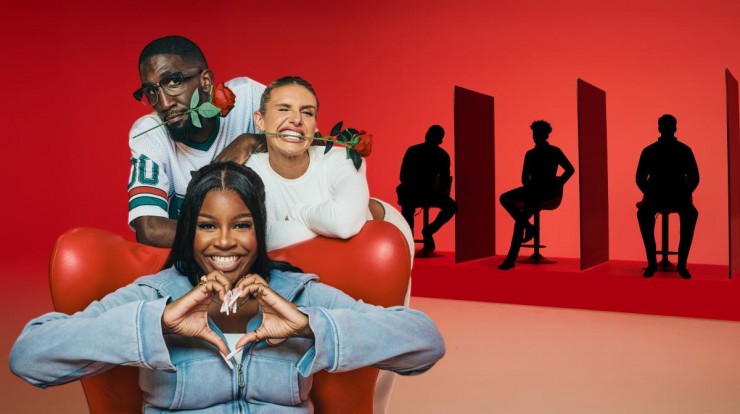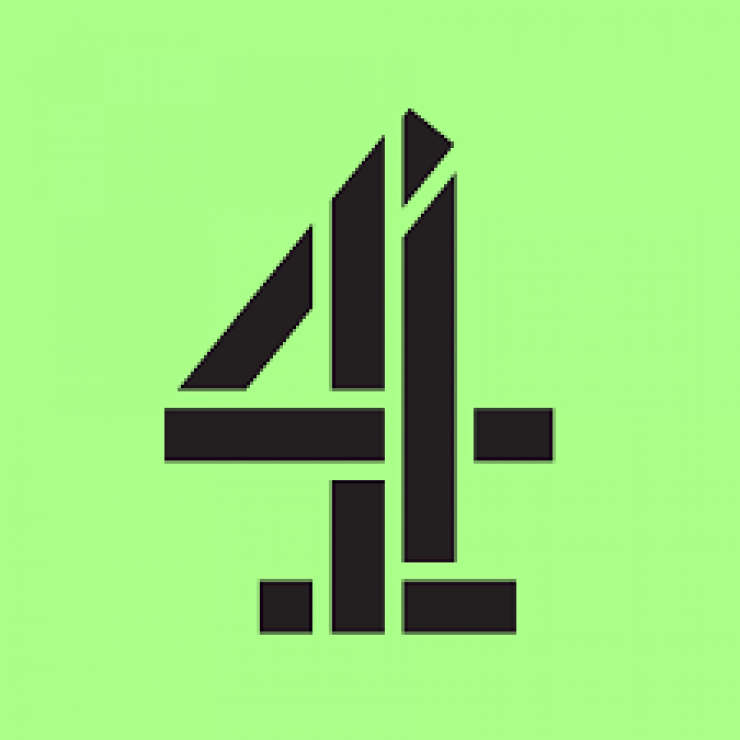Channel 4 has vowed to work more collaboratively with indies on crewing up for productions as it moves into the legacy phase of its Black To Front initiative.
Speaking on a panel on the initiative, held today as part of the broadcaster’s Inclusion Festival, facutal entertainment commissioning editor Vivienne Molokwu praised the indies that made shows for September’s day of Black-led shows for “taking up the gauntlet” of changing how they crew up by investing time in a wider arrany of people from outside their networks.
“Often we will commission a company, they’ll send the CVs of their top people, then we’ll say go ahead,” she said. “We had to work more collaboratively here, which is what helped us get much further in terms of trying to hire differently. Often, you get hired off the last thing you did. There’s a scrabble to get the best talent – who’s in your phone book? But if you’re not in that phone book, as a lot of black talent might not be, you’re not going to get in.”
Arts commissioning editor Sharminder Nahal said that call-outs for offscreen talent resulted in people coming in from outside traditional TV, such as music video production.
“It’s a very complex job unpicking networks and groups of people, crews, teams that often go from one project to another,” she said. “That’s going to be a huge part of the learnings and the legacy.”
Pat Younge, managing director of Cardiff Productions, co-producer of Black debate show Unapologetic, which debuted on the Black to Front day, praised C4 for building up a database of Black off-screen talent and said the initiative should also look at how to bring back Black people who have left the industry due to lack of opportunities.
However, Cardiff and co-producer SBTV had seven weeks to turn round Unapologetic and Younge pleaded for C4 to look at the impact of short commissioning lead times on small businesses.
“We were running to catch up,” he said. “We didn’t get paid until the show went out. If you’re a small company and you can’t cash flow that, you win the commission, it goes out, and you fall over… I was able to call you [C4 execs] all directly & our company has money. If that wasn’t there, this would easily be the breaking of us.”
Diversity consultant Marcus Ryder said “editorial consistency” would be a key learning from the initiative.
He recalled C4 telling him, as head of external consultancies at the Sir Lenny Henry Centre for Media Diversity, that it wanted 100% Black talent in front of the camera and 100% BAME crew behind the camera.
“Black is different from BAME – we would need an editorial rationale for that,” he said. “They came back and then looked at it being Black both in front of camera and behind the camera. It’s a really important message for all broadcasters – there’s a time when you want to look at different ethnic minorities.”
The legacy of the initiative is now the focus of a study at the centre. “We’re talking to companies, including those that didn’t win the commissions, to find what are the learnings of the day,” said Ryder.
C4 execs on the panel acknowledged the risks involved in the intiative, and the criticisms that came their way.
Former deputy head of programmes Kelly Webb-Lamb said that, counter-intuitively, launching the initiative “without interrogating every detail” was crucial to its impact.
“It was never going to be perfect,” she said. “If we;d worried too much about that, we wouldn’t have taken that leap. It was by jumping off a cliff, and after we jumped, then working out what we were going to do… that gave it momentum.”
Molokwu said it had caused debate within her own family. “One of my sisters said it was fantastic idea, the other said it was horrible, why would we do this?” she said.
“We knew it wasn’t a golden bullet that was a superfix that everybody would clap & cheer. We really wanted to hear those conversations – it was really important to challenge what we’re doing cos we know it isn’t perfect. We could see the good already, we knew where we were trying to go. Not everybody saw eye to eye. But as a team, we had a united vision of where we were trying to go. That’s not always an easy balance.”



